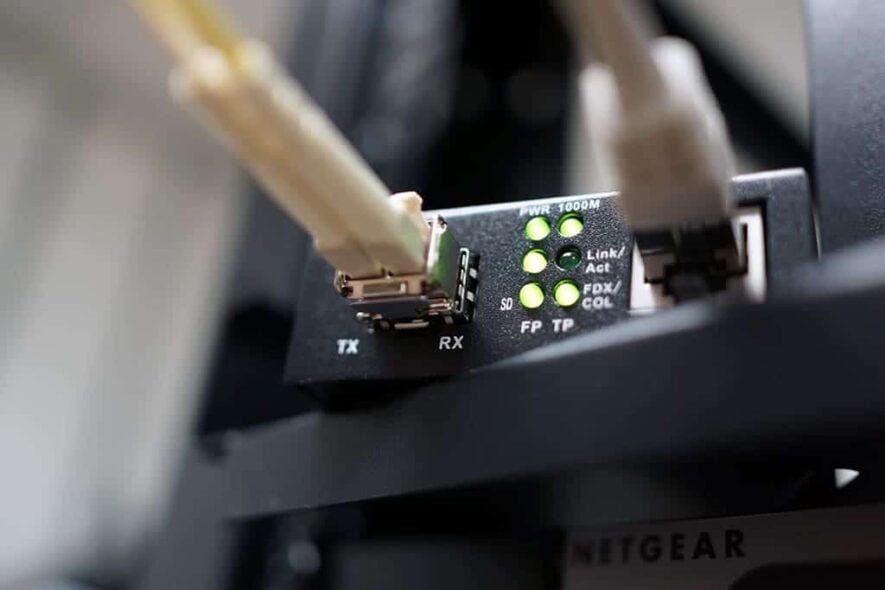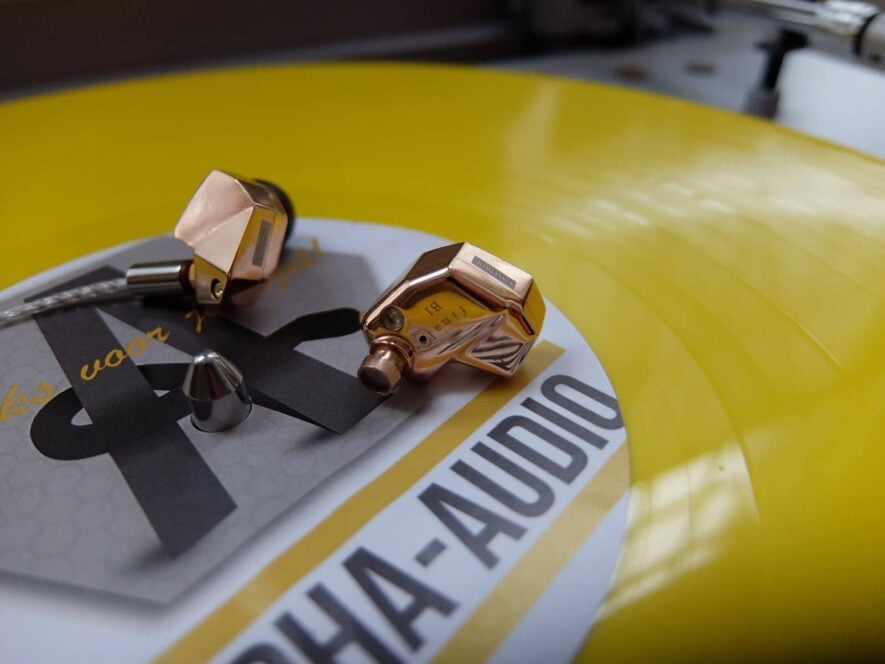



What exactly is streaming audio? What options are there? And of course: which devices and types of streamers are on the market? At Alpha Audio we regularly test streamers, streaming bridges and even streaming services and servers.

Let’s start by saying that the naming of streamers is rather confusing. Mostly we can say that a streamer with analog outputs (so with a digital to analog converter) is called a streamer.
A streamer with only digital outputs is often called a streaming bridge. These devices act as a bridge between the network (and internet) and the hi-fi system.
Then there are streaming servers. You don’t see these devices very often, because not everyone needs them. These ‘servers’ are in fact storage tanks for music and also serve as media server (music server) for the present streamers and streaming bridges. In many cases we are therefore talking directly about a closed system.
Those looking for a streamer have a few choices to make. One of them is whether the streamer must have a digital-to-analog converter: a dac. Sometimes this is not necessary, because there is already a separate converter in the system, or the receiver or amplifier has a dac.
It’s also wise to consider whether expansion will be needed later, or whether it’s likely to stay with just one player. This is in connection with multi-room audio solutions.
Finally, it is important to look at the app and supported online services. By no means all players support all online serverices such as Tidal, Qobuz, Spotify, Deezer, et cetera.
It is important to realize that there are both closed and open systems within the world of streaming audio. We at Alpha Audio have written a training course around streaming audio. If you would like to learn more about this topic and the various possibilities, we recommend that you take this training.
Alpha Audio - Haarlem - Netherlands
Recent comments